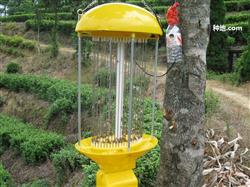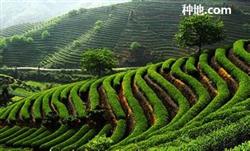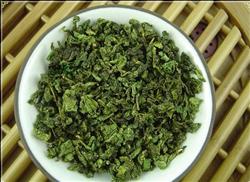How to prevent pests from pollution-free tea?

How to prevent pests from pollution-free tea? Please guide the methods of non-pollution pest control of tea: first, intercropping other tree species in the remaining corner of the slope around the tea garden, properly planting some trees such as ginkgo biloba and persimmon (planting Eucalyptus grandis is strictly forbidden), improve the microclimate of the tea garden, increase biodiversity, and reduce the occurrence of tea plant diseases and pests. Plant about 15 trees per mu, no more than 20. Second, the installation of solar energy insecticidal lights make use of the phototaxis of pests, install solar energy insecticidal lamps to trap and kill the adults of tea pests such as tea inchworm and tea caterpillar, and reduce the number of eggs to reduce the base number of pests. A solar energy insecticidal lamp can prevent and control about 50 mu of tea garden pests. Third, the yellow armyworm board is inserted into 20 yellow armyworm boards per mu to attract adults of winged aphids, black whitefly and scale insects, small green leafhoppers and other pests. The lower edge of the yellow board should be about 10 cm higher than the tea canopy surface, and the board surface is perpendicular to the sidewalk. Fourth, release predatory mites in the tea garden, release predatory mites to feed on harmful mites, and control the damage. 15 days before the predator mites were released, the base number of harmful mites was reduced by spraying eco-environmental pesticides, and 20 bags of predator mites were put per mu, cut open and hung under the cover of tea trees. After releasing mites, insecticides and acaricides are no longer used. Fifth, use sex attractant traps to trap and kill adults of tea inchworm, tea caterpillar, tea caterpillar and other tea pests. Each set of sex attractants was used to control pests in 1 mu of tea garden. Click to get more tea planting techniques click to get more flower planting techniques
- Prev

How to fertilize tea in autumn?
How to fertilize tea in autumn? Please guide the tea garden now is a good time to fertilize, based on your own experience to briefly introduce the tea garden autumn fertilization problem. In production, many farmers are used to fertilizing tea in spring, do not pay much attention to autumn fertilization, and like to apply urea, ignoring phosphorus and potassium fertilizer and medium.
- Next

How to identify tea?
How to identify tea? Please introduce that there are many types of tea, mainly divided into six categories: red, green, yellow, white, black and oolong. After choosing good tea, consumers should pay attention to distinguish the quality of tea, which can be distinguished from the shape, color and aroma of dry tea.
Related
- Fuxing push coffee new agricultural production and marketing class: lack of small-scale processing plants
- Jujube rice field leisure farm deep ploughing Yilan for five years to create a space for organic food and play
- Nongyu Farm-A trial of organic papaya for brave women with advanced technology
- Four points for attention in the prevention and control of diseases and insect pests of edible fungi
- How to add nutrient solution to Edible Fungi
- Is there any good way to control edible fungus mites?
- Open Inoculation Technology of Edible Fungi
- Is there any clever way to use fertilizer for edible fungus in winter?
- What agents are used to kill the pathogens of edible fungi in the mushroom shed?
- Rapid drying of Edible Fungi

